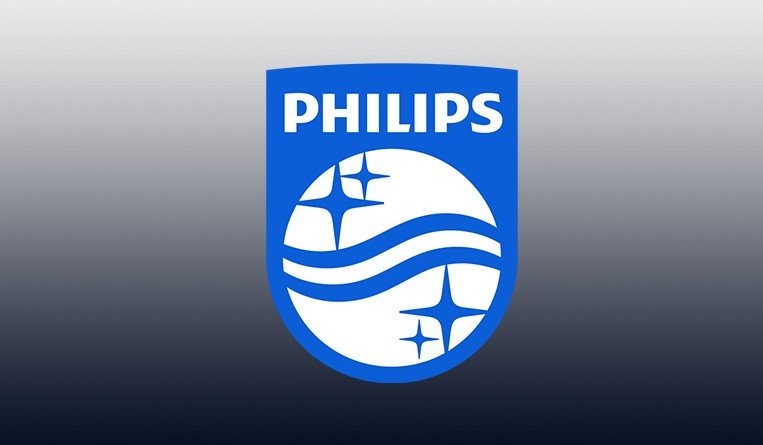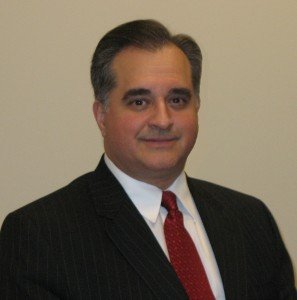International Trademarks: A Foreign Company’s Rights in the US
01 June 2017

A company located outside of the United States – as an example, a company located in one of the European countries – may spend thousands of dollars developing its brand and goodwill in its home country. Eventually, such company may want to sell its goods and services outside of its home country including in the United States. The Madrid Protocol provides an easy means for the company to make its initial trademark filing in the United States. However, once the examiner at the United States Patent & Trademark Office (USPTO) reviews the trademark filing, the examiner will likely raise multiple issues that require a response with winning arguments to achieve registration. At this point, a foreign company in Europe recently contacted me for legal counsel.
When the company located outside of the United States considers protecting its trademark which is used in connection with its goods and services sold into the United States, one option for making the US trademark application is the Madrid Protocol filing. Approximately 95 countries are members of the Madrid Protocol, and such filing option is available to parties in the member countries. Among these members of the Madrid protocol are the United States, Australia, European Union, Japan and South Korea. Canada is not a member of the Madrid Protocol. As an alternative approach to the Madrid Protocol, the foreign company could file in each country separately.
The company located outside the United States will have already filed for trademark protection in its home country. It will then file an international application via its local intellectual property office selecting the member countries for which it seeks trademark registration. This application is processed via the World Intellectual Property Organization and then forwarded to the selected member countries, in our example, the United States.
Once the trademark application is received by the applicable intellectual property office of the member country – in our case, the USPTO – the examiner reviews the trademark application for compliance with the laws of that member country. The USPTO examiner can refuse registration on the basis that the proposed mark would cause a likelihood of confusion with another United States mark, whether registered or pending registration. If a thorough trademark search of marks in all applicable member countries of interest was not performed when the trademark was originally selected, then there may be trademarks, whether registered or pending registration in the United States, which are quite similar to the foreign company’s mark and the related goods and services.
The USPTO examiner will also likely require that the description of the goods and services be redrafted and narrowed because some foreign countries allow much broader descriptions of goods and services. In some cases, the descriptions are quite broad and it is prudent to simply delete one of the many classes being applied for.
Even if the USPTO examiner approves the mark for registration, a third party can still file an opposition to the foreign company’s trademark. Such third parties could also oppose the proposed registration for many of the same reasons that an examiner may refuse registration, such as a likelihood of confusion. The United States company can rely on rights under a trademark registration and even rights under common law for an unregistered mark. In a US Trademark Trial and Appeal Board proceeding, the application by a foreign company for the mark “Sense and Simplicity” was successfully opposed by the owner of the mark “Simplicity.” See Hunt Control Systems v. Koninklijke Philips Electronics (TTAB 2011).
In addition, a United States company with a similar mark and related goods and services may send a trademark cease and desist letter to the foreign company. If the foreign company sells its products and services via a distributor channel, then the cease and desist letter may be sent to the United States distributor. The distributor will not have the desire, and many times not have the financial means, to appropriately respond to such cease and desist letter. Furthermore, the distributor may be uncomfortable continuing as the foreign company’s distributor in light of the threatened legal action. A well-crafted response to the cease and desist letter is critical to resolving the dispute. In conclusion, a company can use the Madrid Protocol to easily file for trademark registration in multiple member countries beyond its home country. However, once the examiner at the local intellectual property office reviews the application, issues will likely be raised that will require a response with winning legal arguments to achieve registration. The services of a trademark attorney in the applicable member country should be retained to prepare and file such response.
Law Office of Vasilios Peros, P.C.
25 South Charles Street,
Suite 1400
Baltimore, Maryland 21201
USA
T: +1 410 274 2053
E: vperos@peroslaw.com






